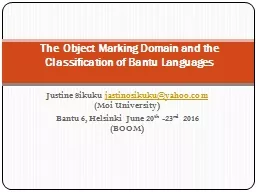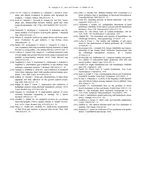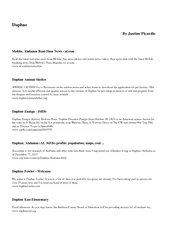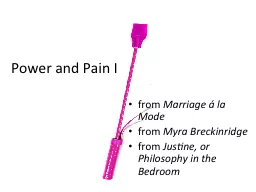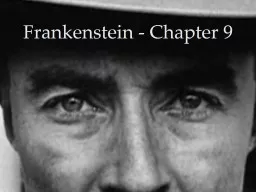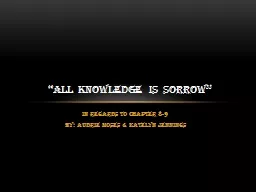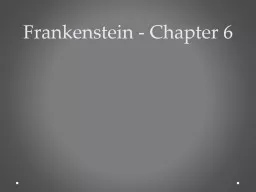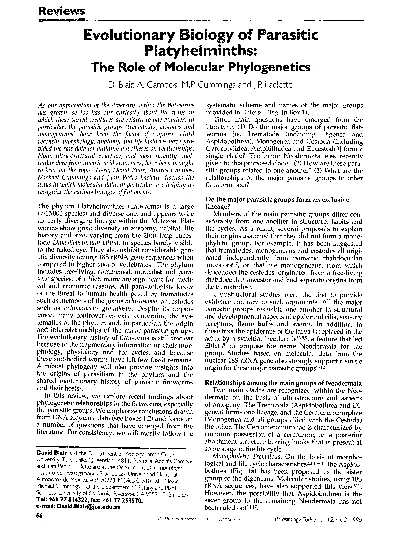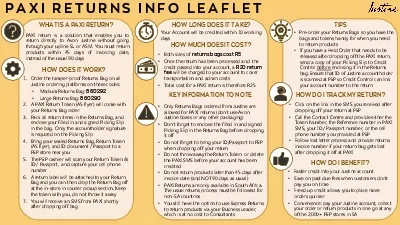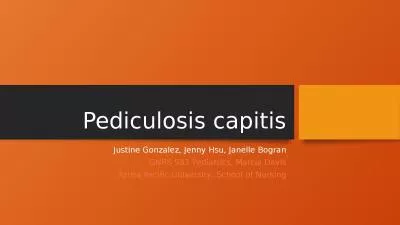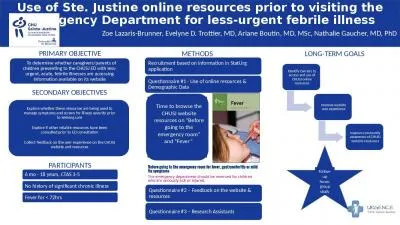PPT-Justine
Author : lindy-dunigan | Published Date : 2017-05-23
Sikuku jastinosikukuyahoocom Moi University Bantu 6 Helsinki June 20 th 23 rd 2016 BOOM The Object Marking Domain and the Classification of Bantu Languages Introduction
Presentation Embed Code
Download Presentation
Download Presentation The PPT/PDF document "Justine" is the property of its rightful owner. Permission is granted to download and print the materials on this website for personal, non-commercial use only, and to display it on your personal computer provided you do not modify the materials and that you retain all copyright notices contained in the materials. By downloading content from our website, you accept the terms of this agreement.
Justine: Transcript
Download Rules Of Document
"Justine"The content belongs to its owner. You may download and print it for personal use, without modification, and keep all copyright notices. By downloading, you agree to these terms.
Related Documents

